Pruning a climbing rose is an important task if you have one of these beauties in your garden. Pruning helps to remove the unhealthy and unruly canes, and allows the rose to put energy into new growth for the season. Learn how to prune a climbing rose, and get your plant into tip top shape for the growing season.
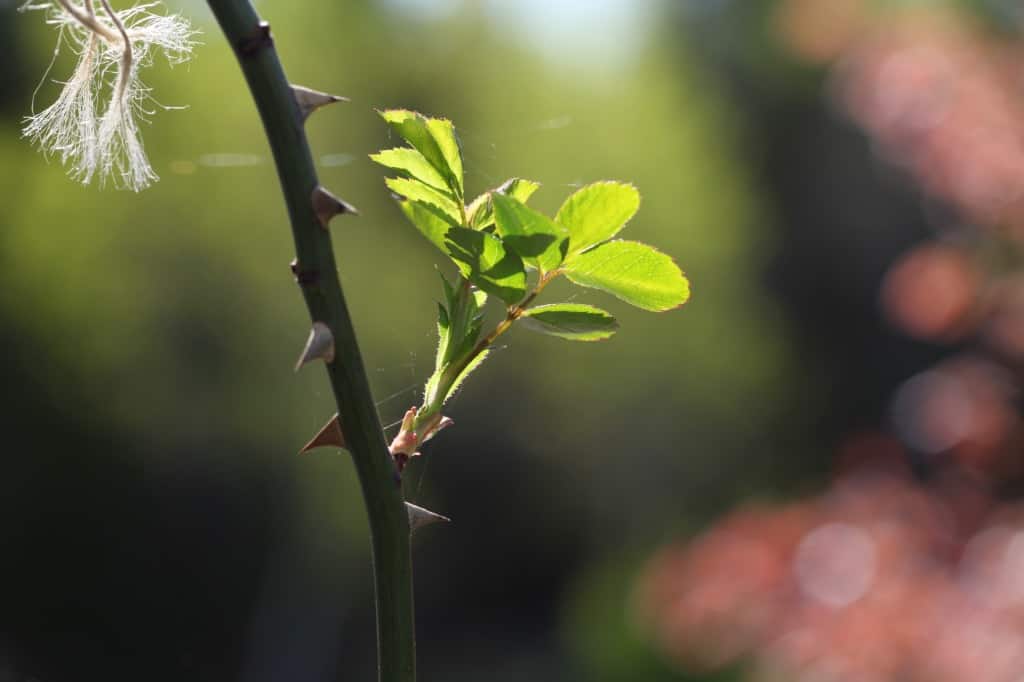
Knowing how to train and prune a climbing rose is key, even before you pick up a pair of loppers.
Learning how to shape and guide your rose canes will make a difference in the growth of the rose plant.
I used to let my climbing rose climb with abandon, just pruning off the canes that got in the way, or posed a bit of a danger to those walking through the arbor.
Consider the many thorns which form on the climbing rose canes over time. On an untrained rose, these sharp little spikes can become quite dangerous.
My rose became a tangled mess, and needed some extra care to help it grow in the right direction.
It did not take long to cut it back right, and to get the canes secured in a better growing location.
A tidy and trained climbing rose will give you many beautiful blooms, and you will be rewarded for your efforts during the growing season. If done the right way, you will get more rose blooms from the bottom to the top of the plant.
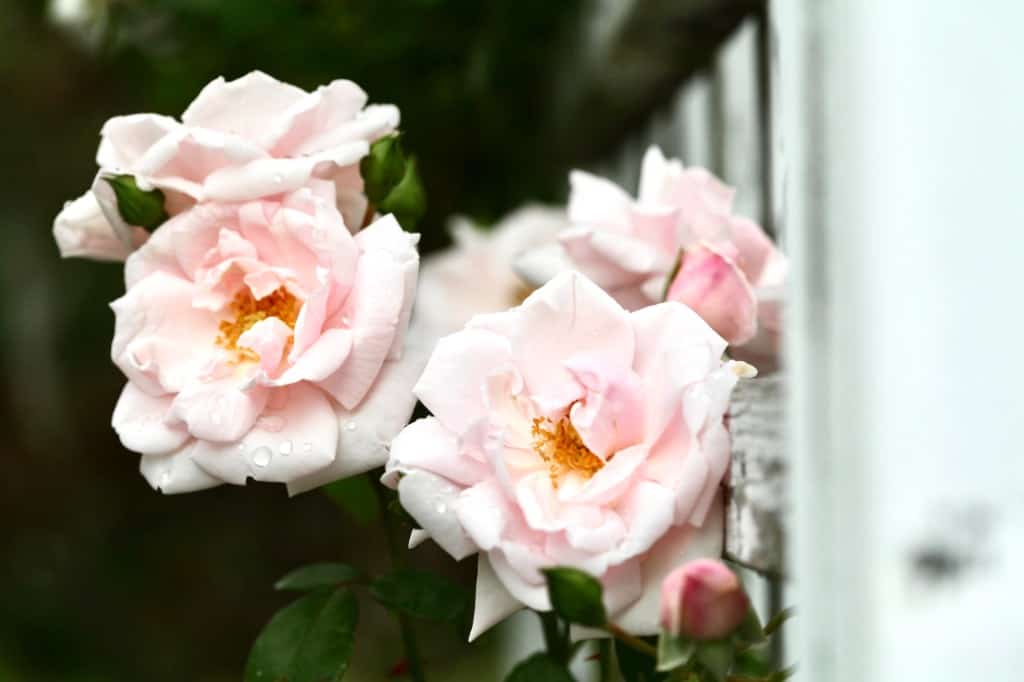
How To Prune A Climbing Rose
Pruning a climbing rose is not difficult, if you use the right techniques.
The best time to prune a climbing rose is when the plant is still dormant in late winter, or in very early spring.
We prune our roses here in our zone 5b garden in early spring, about the time that the forsythias are in bloom.
Pruning allows you to remove old woody branches and weak canes. It opens the plant up to good air circulation, which is important to prevent disease.
Pruning will also help to increase flower production, and the number of flowers on the climbing rose.
It's important to have sharp clean tools, and also important to protect yourself from the sharp thorns during the pruning process.
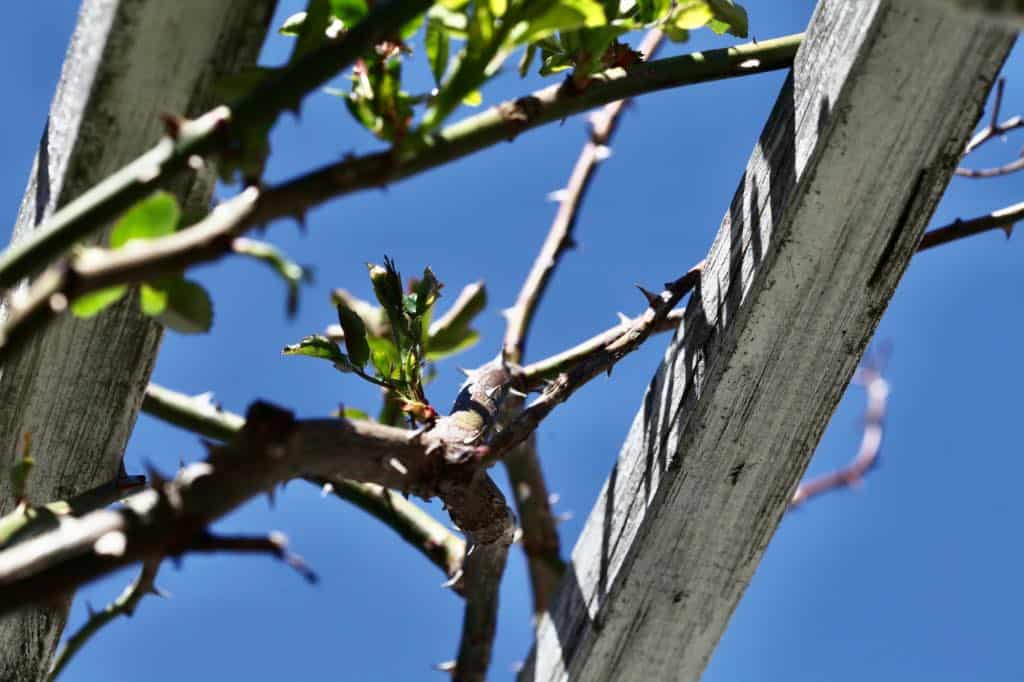
Tools You Will Need:
- Hand Pruners
- Loppers
- A pair of heavy duty gloves
- String or zip ties to secure the canes in place
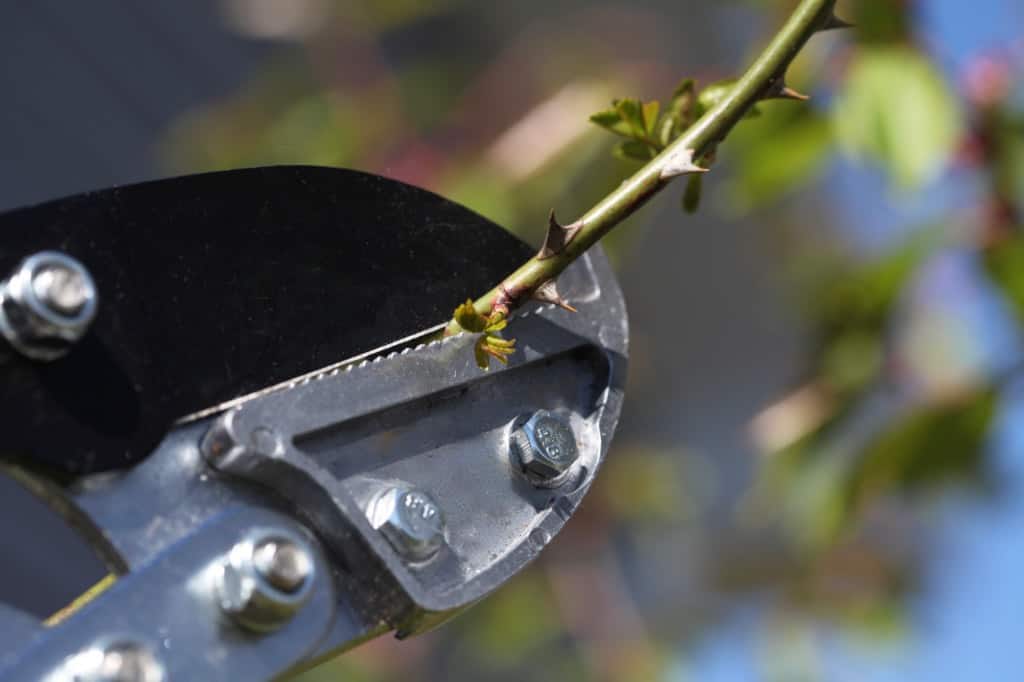
Before You Start Pruning
One of the most important things to do before you start to prune your climbing rose, is to look closely at the rose, and determine which are the main canes, and which are the lateral canes.
Knowing this will make the pruning process so much easier.
It is very helpful to know the functions of the rose canes themselves when pruning. Knowing what is what will give you a much clearer picture of which canes to cut, and why.
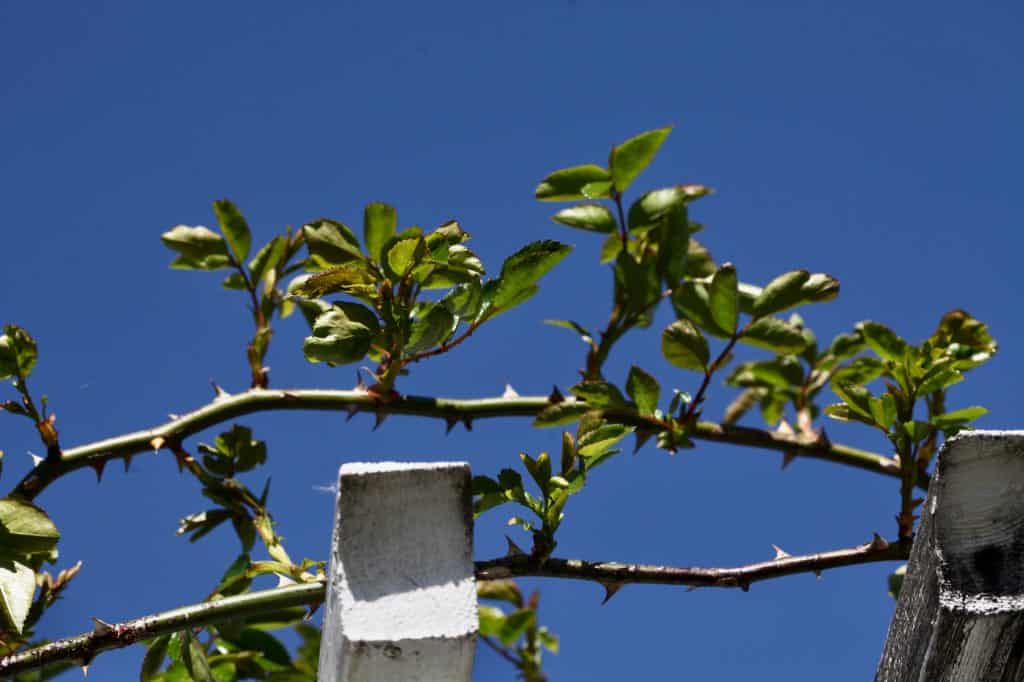
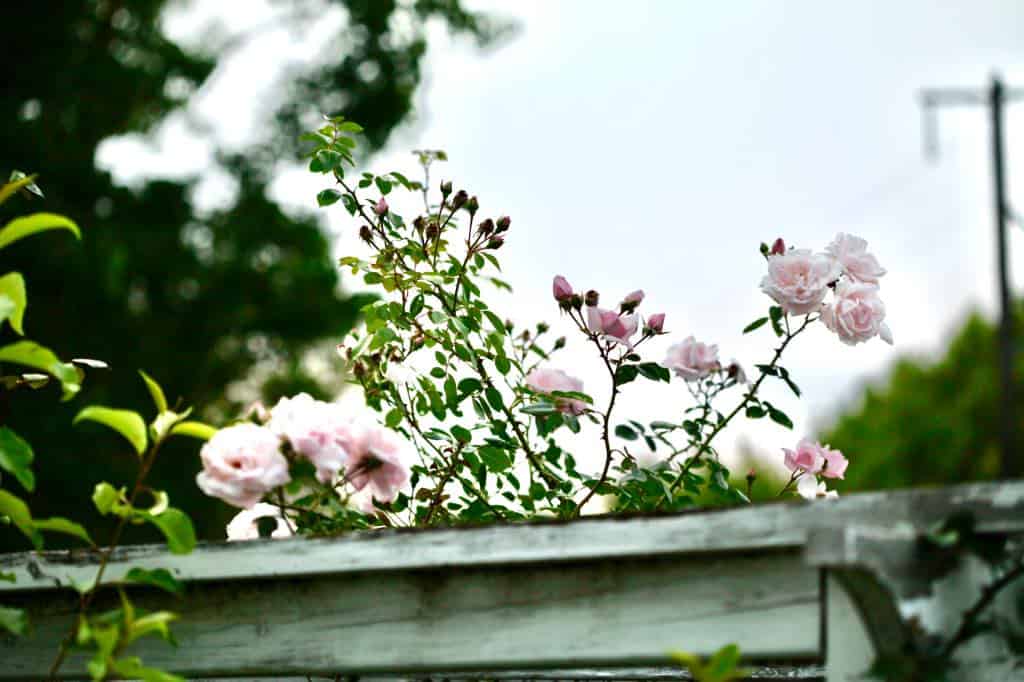
There are two types of canes on a climbing rose, including:
- the main canes
- the lateral canes
The Main Canes Of A Climbing Rose
The main canes are the thicker more structural canes, and the ones which grow from the base of the plant in an upward direction.
In climbing roses these canes can get very long, sometimes branching out along the way into several directions.
Often however the main canes will remain single. You can trace the individual cane from the bottom to the top of the plant.
The main canes are the ones that you want to train to grow horizontally, if possible.
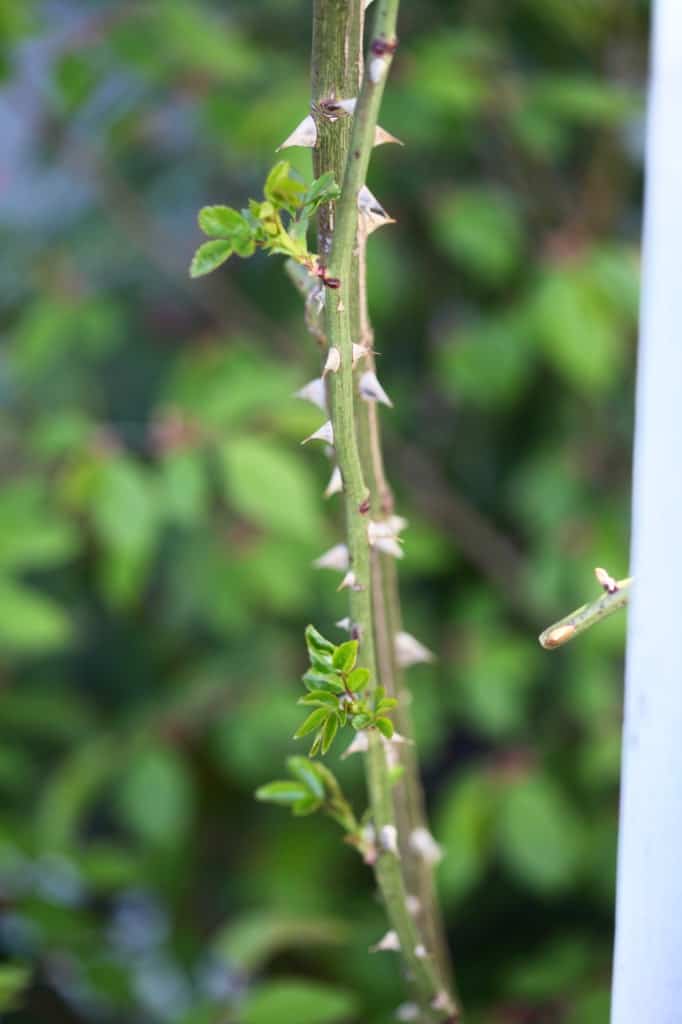
The Lateral Canes Of A Climbing Rose
The lateral canes are the smaller canes, which grow from the main canes. These are the side shoots.
These canes are very important, as they are the structures on which the rose blooms will be produced. The lateral canes are produced fresh every season from buds along the main cane stem.
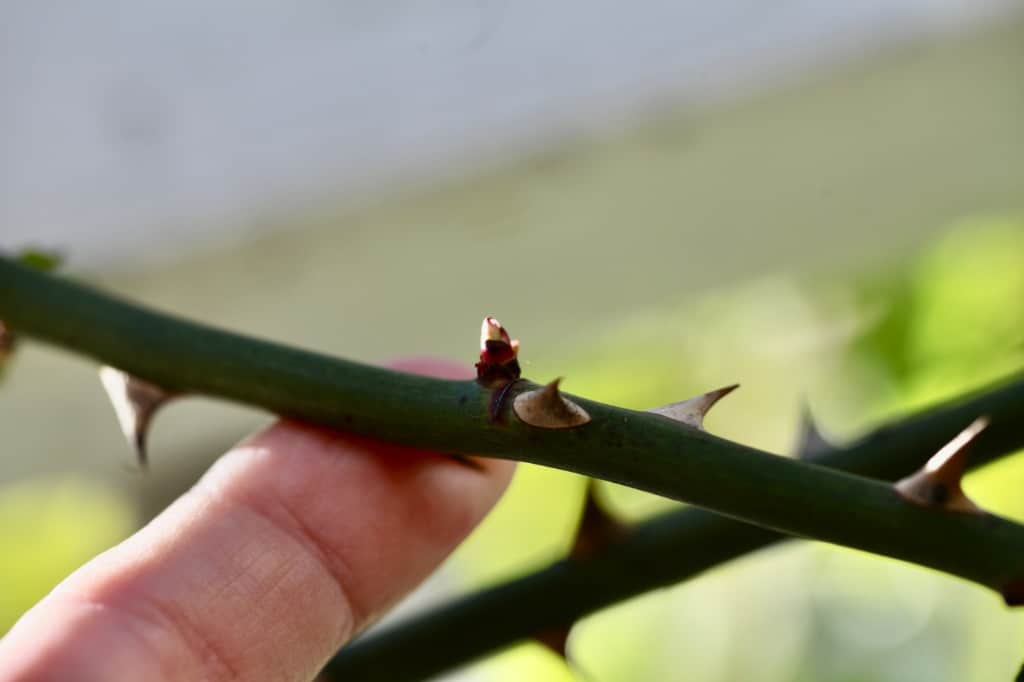
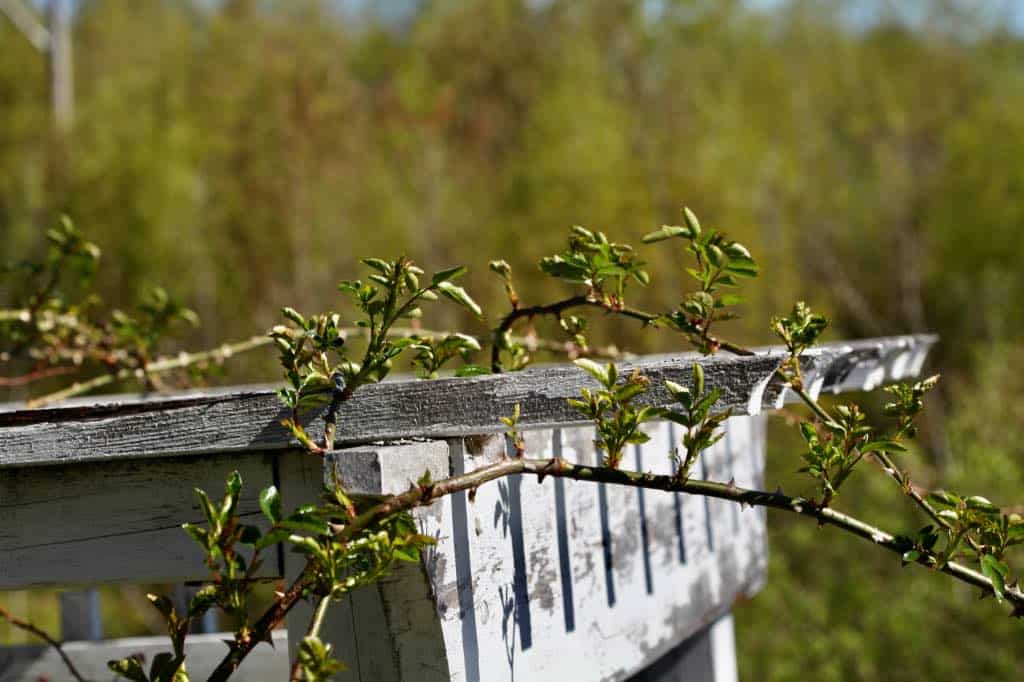
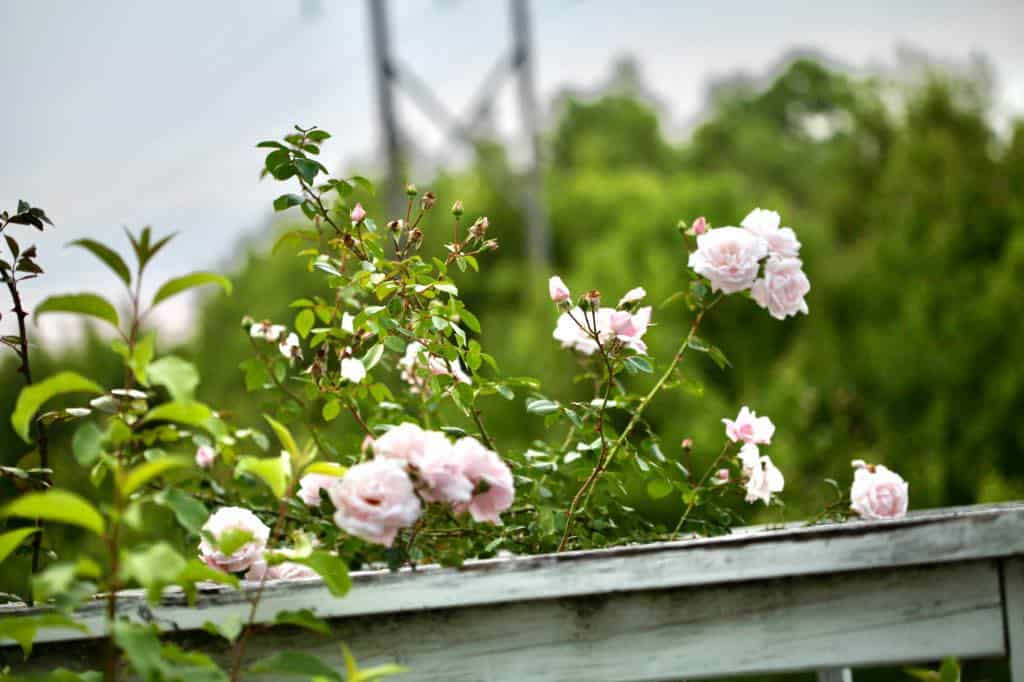
Establish The Look
Before you start pruning, decide what you want the climbing rose to look like as it grows over the trellis or arbor. Determine your available space and the desired direction that you want your rose canes to grow.
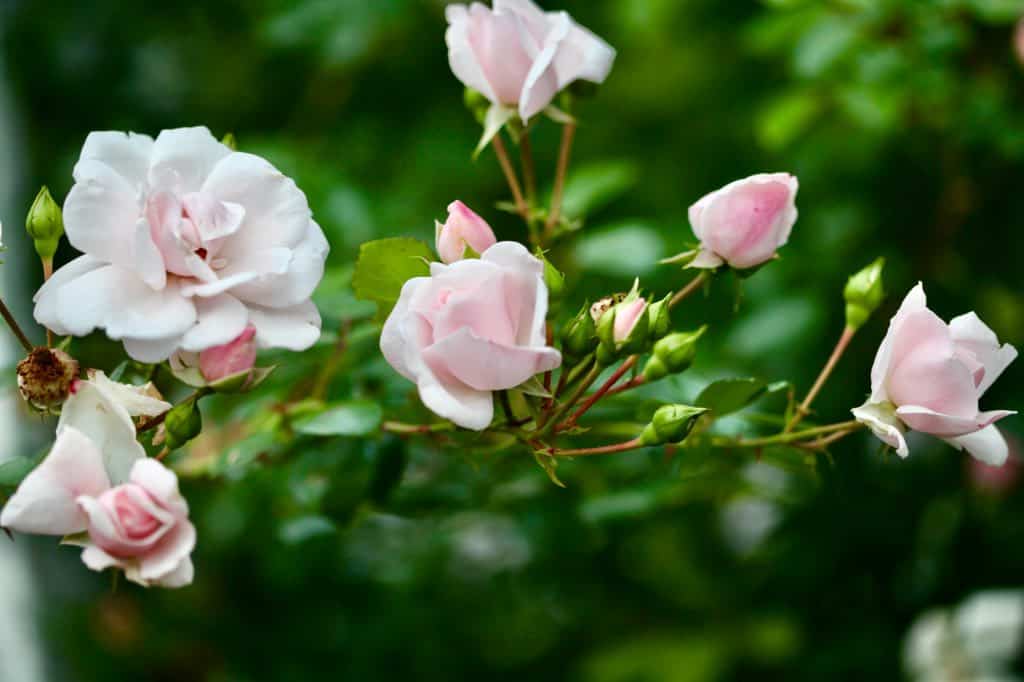
In order to have roses blooming from the bottom to the top, try to train the main canes so that they splay into a horizontal position. You can do this if you have room for this on the trellis.
If you have a wide trellis, you may be able to neatly train your rose to allow the main canes to grow horizontally, secured to the trellis.
This pattern will give a full look to the plant. You will likely have roses from bottom to top when trained this way.
If you have a more narrow space, such as an arbor, imagine how you want your main canes to flow along the outside of the arbor.
Some climbing roses can also be trained to grow up and around more narrow structures, such as pillars or obelisks. The canes on these rose plants will need to be quite flexible to be able to wrap around these structures.
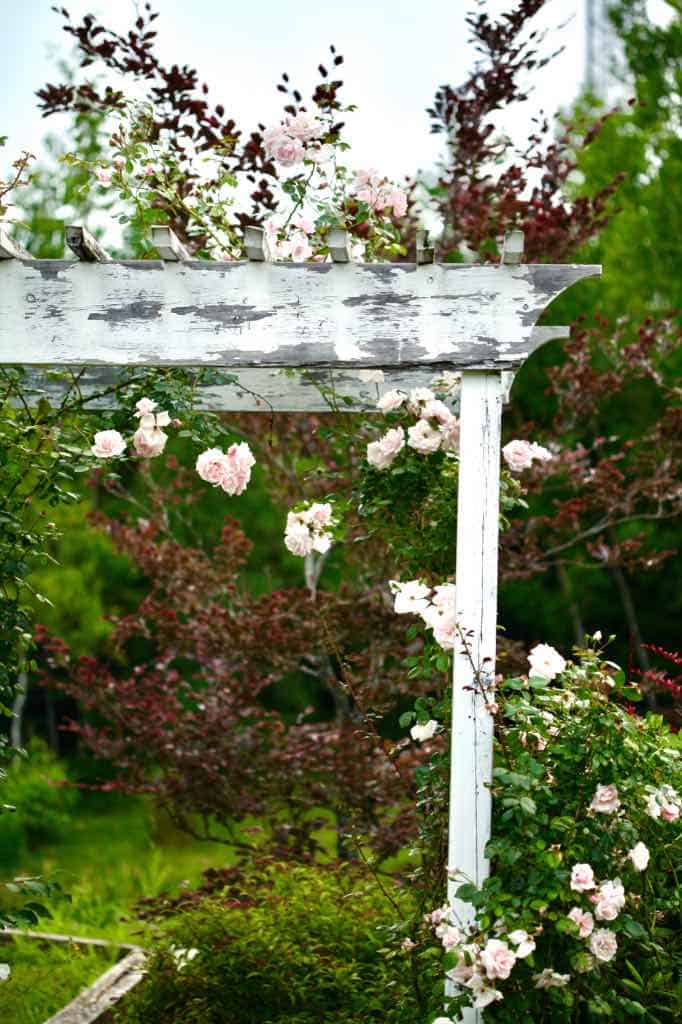
Prune The Dead, Diseased, and Rogue Canes
Removing Rose Canes Safely
It is very easy to get scratches and pricked by the sharp rose buds during the pruning process.
Make sure to wear protective clothing and gloves. Wearing protective glasses is also an option.
Don't be surprised if you get hung up by the thorns even when being careful. It's important to watch where you stand, and try to avoid contact with your body and the canes.
When removing a large cane, or larger pieces of a cane, cut the pieces down to smaller chunks. This will to allow for safe removal.
Long handled pruners are a helpful tool to give lots of reach during the pruning process. The pruners help you to get in there and get the job done without getting scratched up.
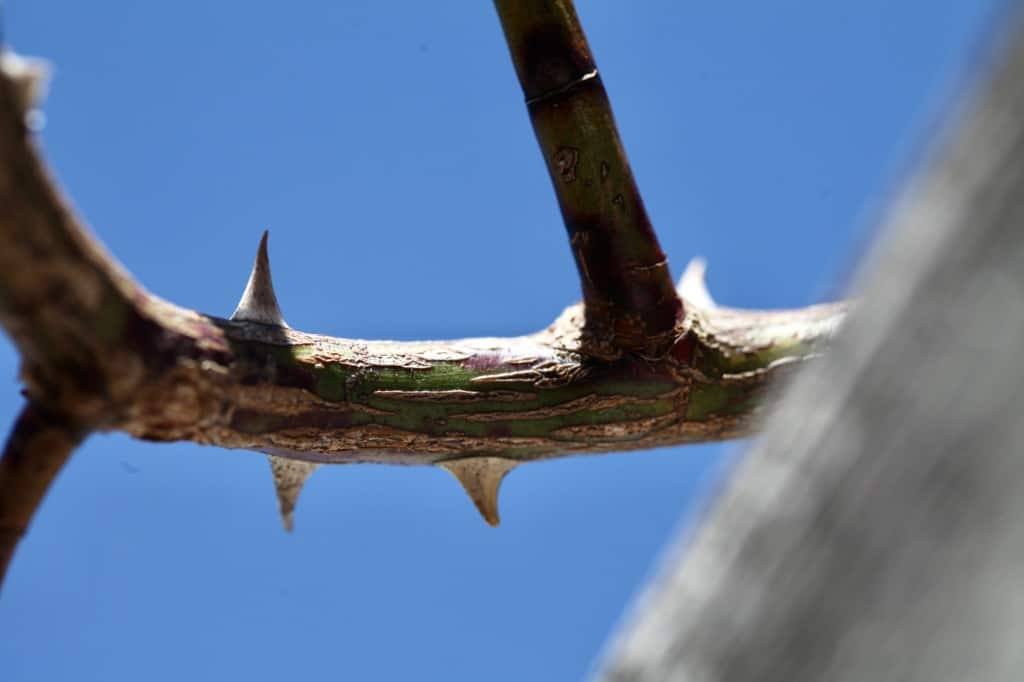
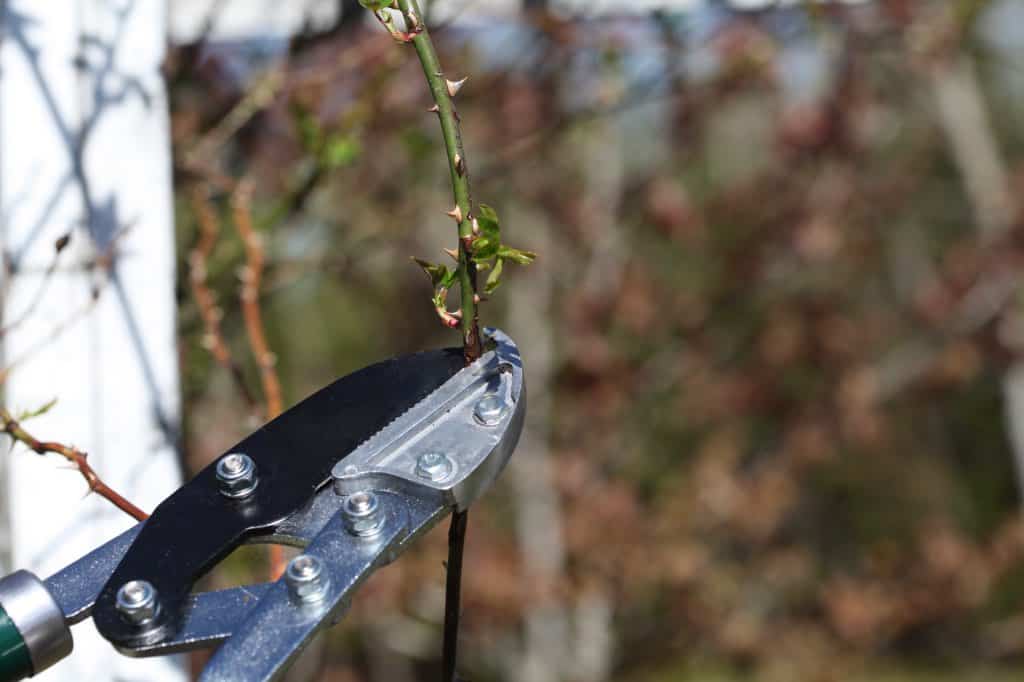
Removing Dead, Diseased, Unruly, and Crossing Canes
When removing canes, cut them from the base if possible.
Remove Unruly Canes
Using a pair of long handled loppers, begin the pruning process by removing unruly and rogue canes. These are the canes that are pointing in the wrong direction.
These canes will be difficult to train where you want them to climb, and are easy to remove. If the canes cannot be pulled back to easily tie to the trellis or arbor, they can be considered to be undesirable branches, and can be removed.
Removing these canes that are growing out and away from the rose will help to improve the safety of the space. Climbing roses can be quite sharp if accidentally contacted.
If you have some main canes that are not manageable, and that have become very large with many lateral shoots, you can remove these as well. This will allow the energy of the plant to be diverted to the other stems for bloom production.
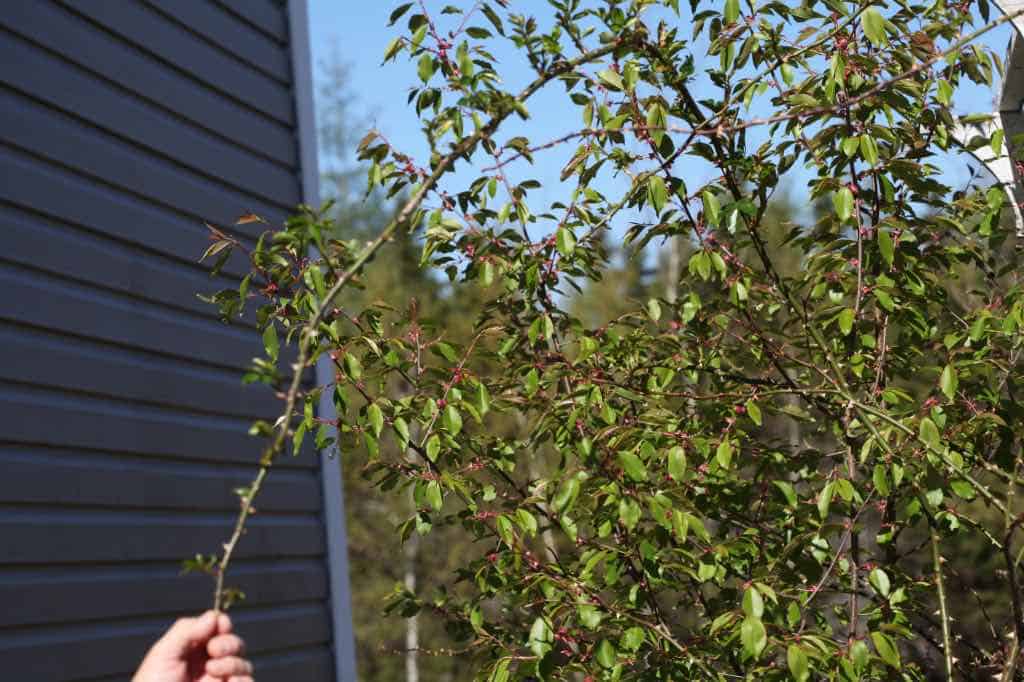
Remove Crossing Canes
Remove any crossing canes as well. Crossing canes can cause wear, by rubbing against each other.
Rose canes which rub up against the trellis can also be injured. The injury occurs from damage due to the rubbing.
If injured, this places the canes at risk to disease.
If you notice any wounds or scarred areas, these can be removed as well during the pruning process.
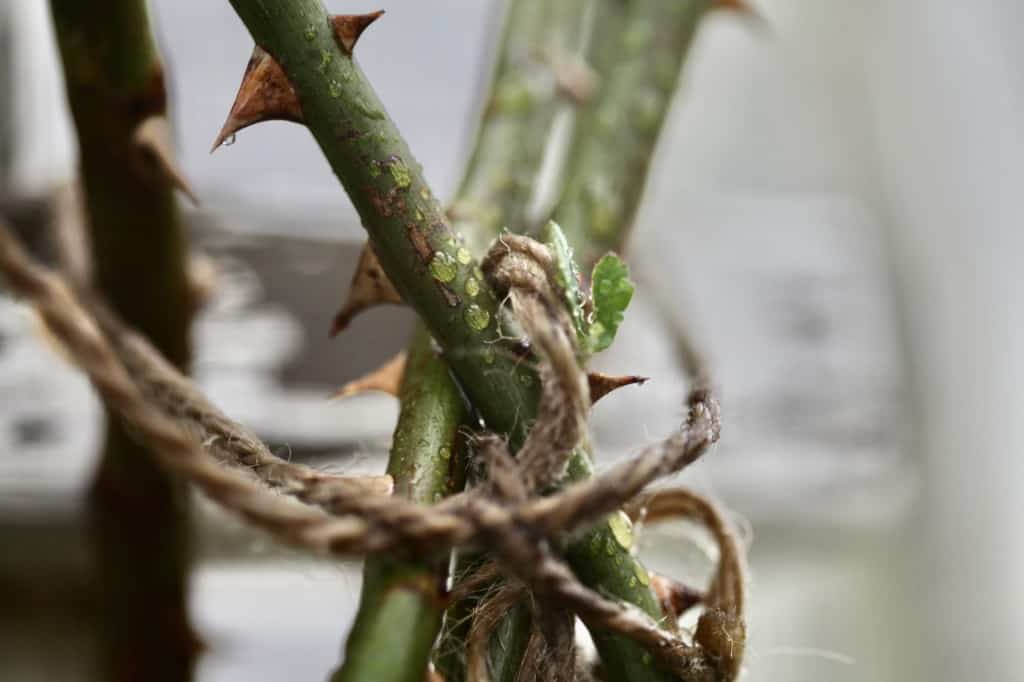
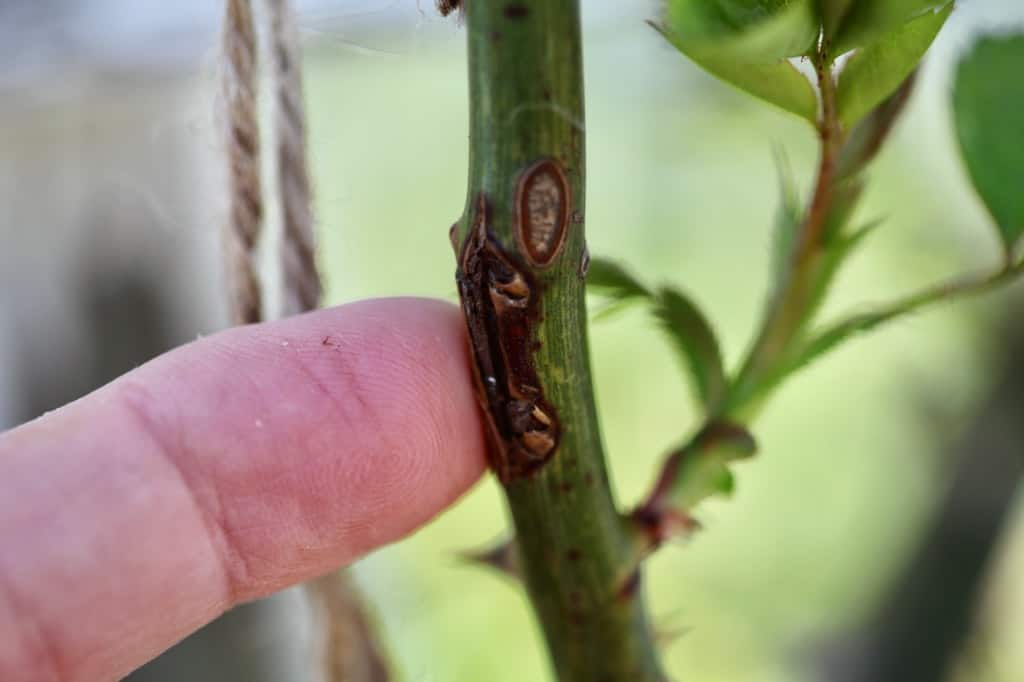
Remove Dead And Diseased Canes
Next prune all of the dead wood and diseased canes from the climbing rose bush.
The dead canes will be easily identified, and will be brown and dry. The older branches may be grey in color.
Old main canes can be pruned back to the base of the rose at ground level.
Be sure to clean your tools with alcohol for disinfection, after cutting diseased canes.
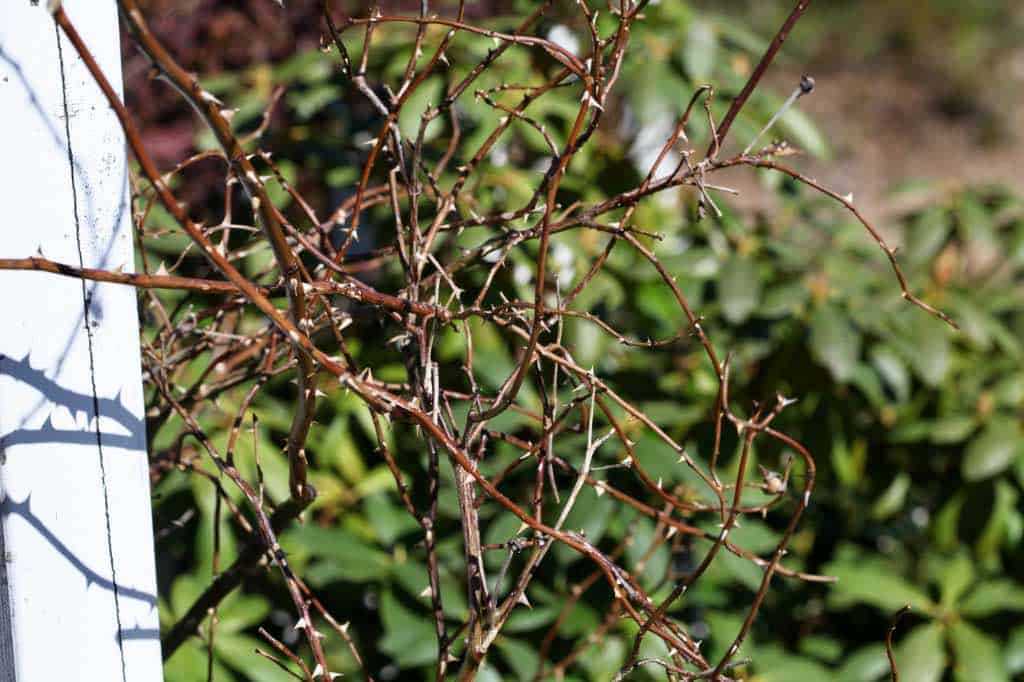
Remove The Old Lateral Stems
The next step is to trim off the lateral stems from the previous season, and any spindly branches.
Do not trim off this year's side stems if pruning in spring. This year's growth is where the blooms will occur this season.
Trimming the lateral growth allows you to work with the main stems more easily when securing them in place. It also stimulates the rose to begin to grow.
Trim the lateral branches back to just above a second eye, leaving at least one quarter inch of cane above the second bud. The new shoots will come from these eyes.
This will create two lateral shoots on the old laterals this season, when the buds start to grow.
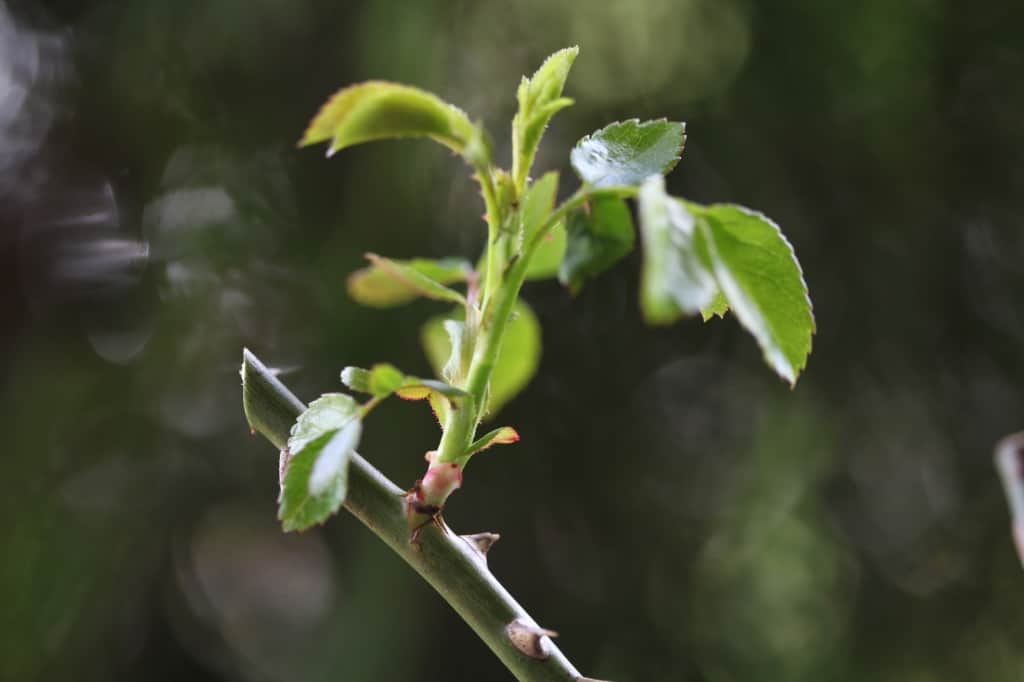
Secure the Main Canes To An Arbor Or Trellis
Work with each main stem individually, securing the flexible canes in place on the trellis or arbor.
The size of the support structure will determine how you will secure the canes.
Secure In A Horizontal Direction
If you have a wide trellis, splay the main canes in a horizontal direction for best results.
Rather than having the canes pointing upwards as they may naturally grow, place them in such a way that they are pointing to the right or the left, in a horizontal pattern. This would resemble water spraying from a fountain for instance.
If you are working with long canes against a flat trellis, you can loop these canes back in the other direction when you reach the edge of the trellis. This allows the cane room to grow on.
I have a rather narrow arbor, so I was unable to place the canes horizontally. I did try to place them at an angle when possible for the best effect.
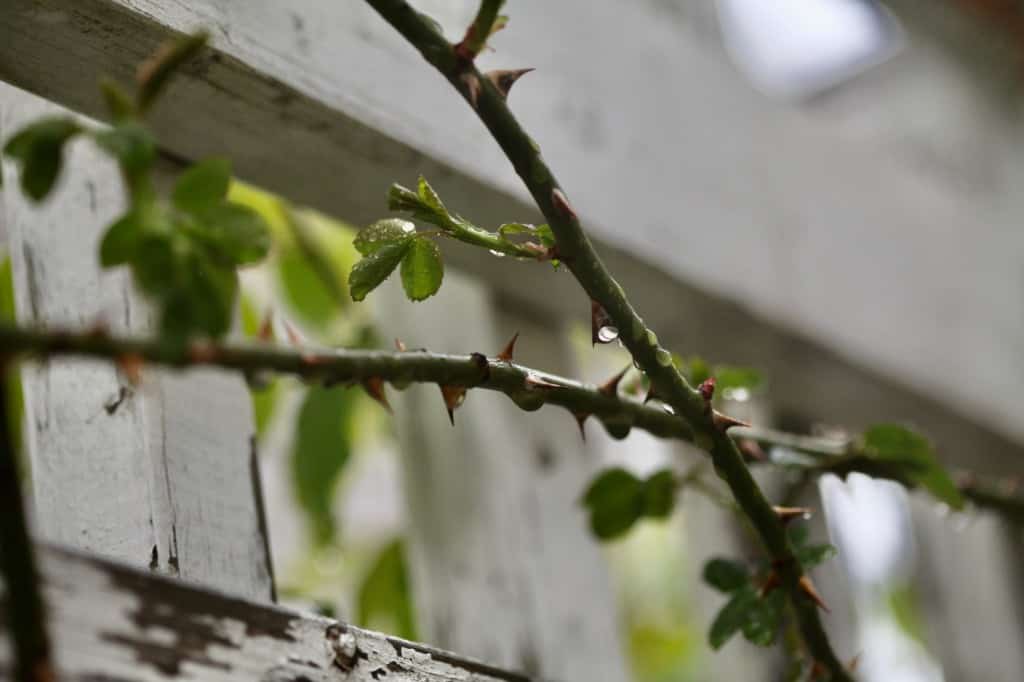
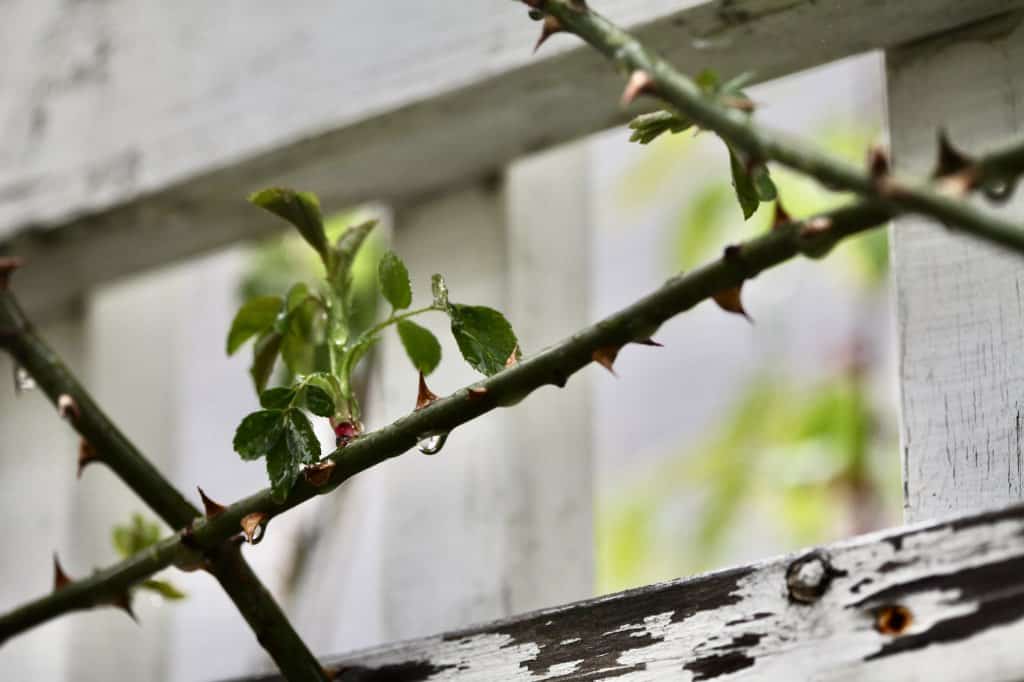
You can zig zag the canes if they are flexible enough to do so.
The long canes were placed up over the top of the arbor. This is where we like to see lots of roses growing.
Secure The Canes With Ties
Secure the rose canes to the structure with string or zip ties. String or twine will eventually weaken and let go over time. Plastic ties will have a longer lifespan.
If using zip ties, it's a good idea to use long ties to allow you to put them on loosely. Secure allowing for some space, and just enough to hold the cane in place.
Allow some room of movement and growth, and try not to tie tightly.
Trim off the ends of the ties after the canes are secured in place.
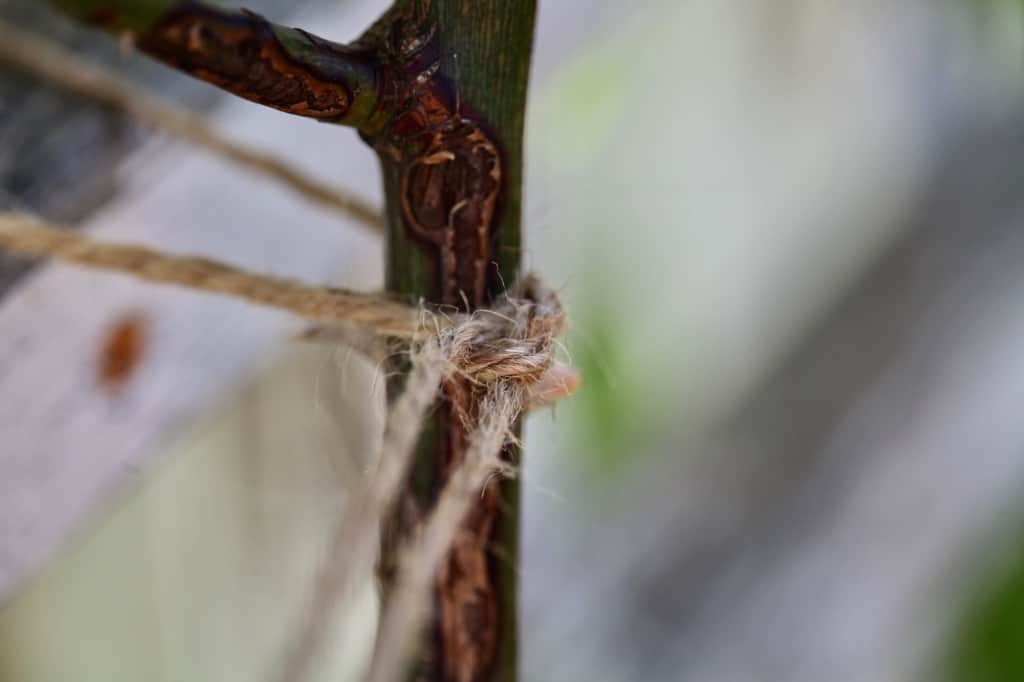
Remove All The Debris And Pruned Cane Pieces
It is very important to clean up all the remnants of the pruning, including the leaves and pieces of rose canes.
This will help prevent spread of disease.
It will also remove the sharp thorns from the space.
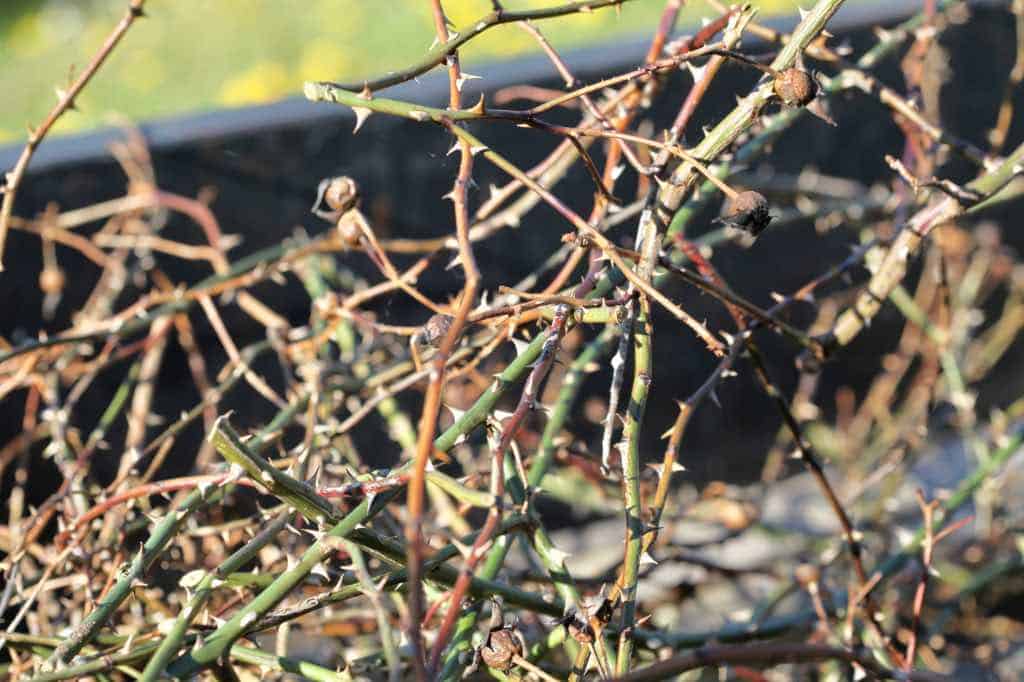
Conclusion
If you are planting a new climbing rose, it is helpful to learn about the different cane types, and the techniques of rose pruning from the beginning.
Pruning helps to develop healthy plants with strong stems, and lots of beautiful blooms.
The key to getting lots of blooms from your climbing rose is to try to train it so that the main canes are positioned horizontally rather than vertically.
This technique can be achieved on almost any type of structure.
Our beautiful climbing rose was quite a tangled mess of branches this season, and in need of a good pruning.
There were lots of dead branches and old stems that needed to be cleared away.
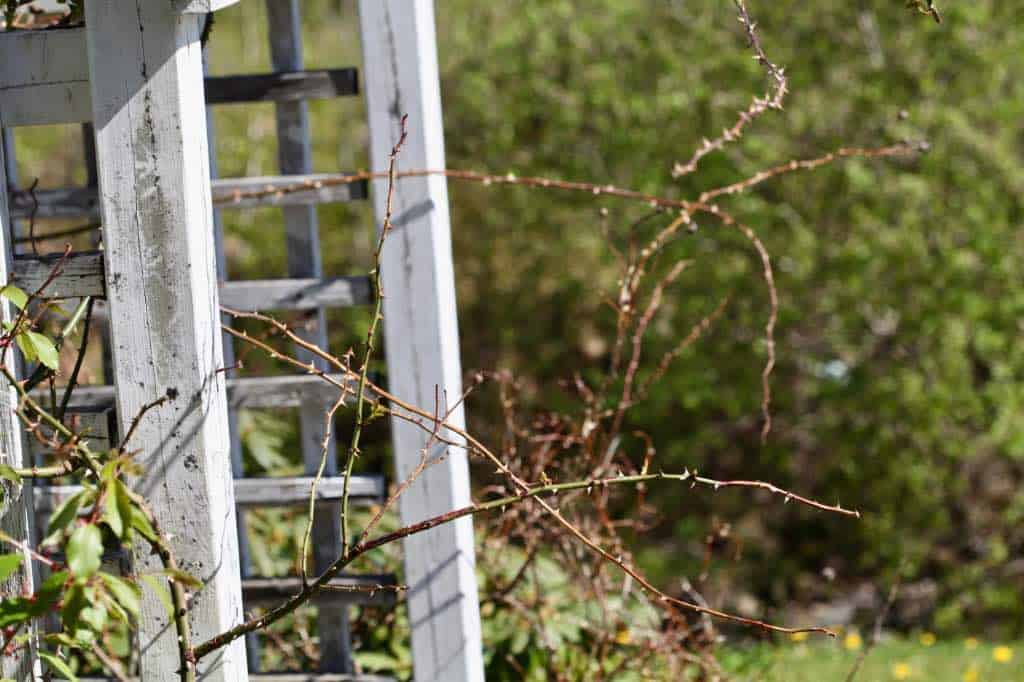
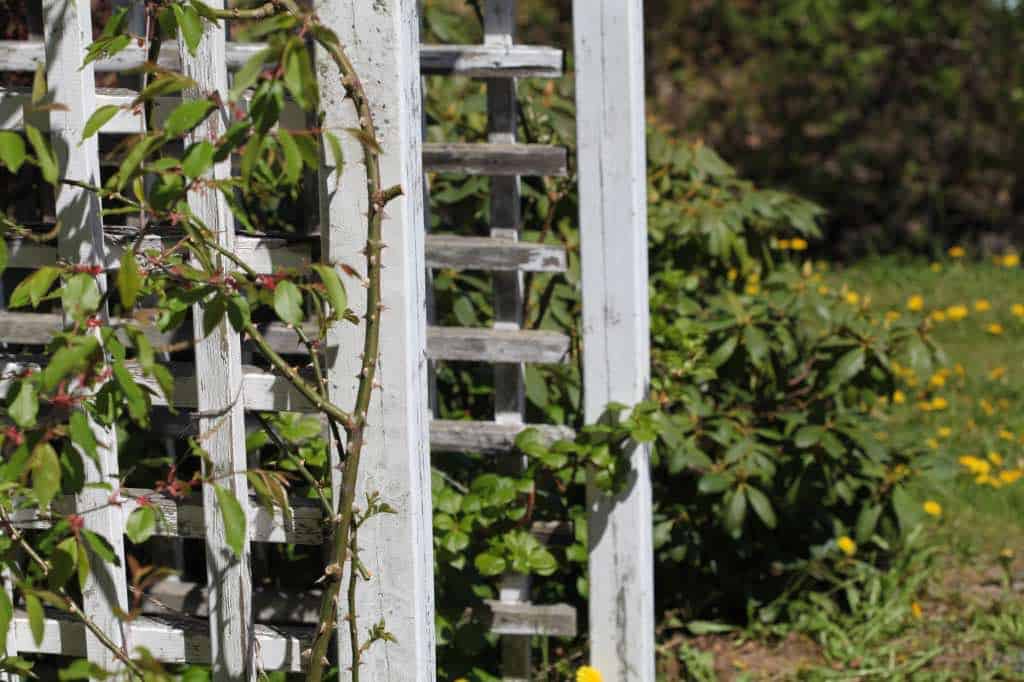
It was a good time to trim everything back to the main canes, and give the plant a fresh start for the season.
With just a bit of effort, the rose was easily cleaned up, and now looks fresh and clean.
I can't wait to see the blooming results of the pruning this season.
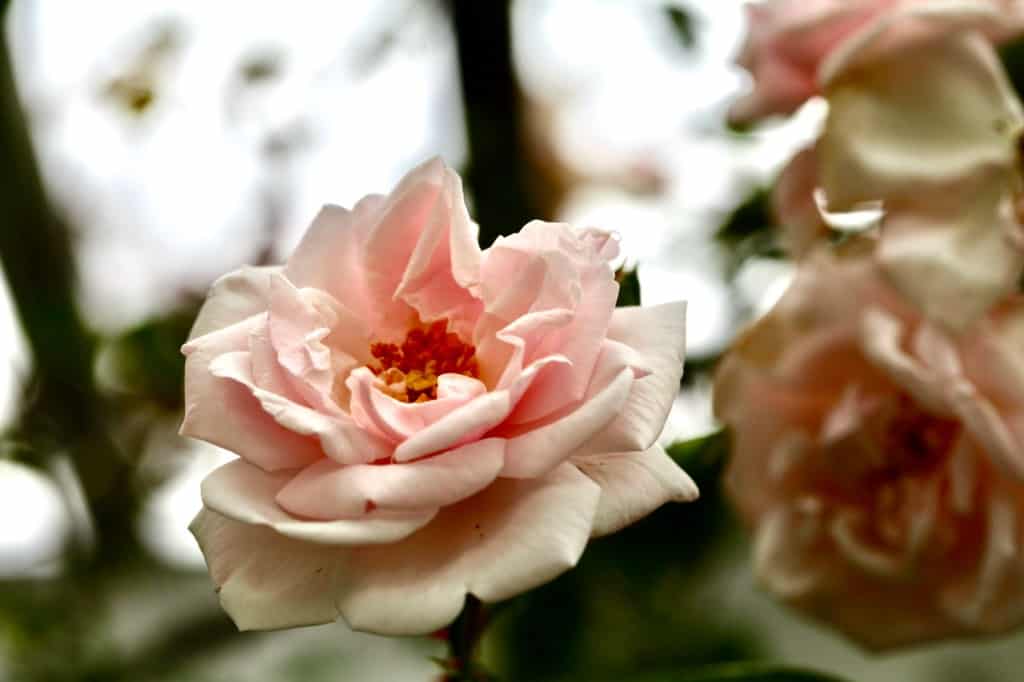
Once under control it's a good idea to give your climbing rose an annual pruning. It is the easiest way to stay on top of the growth, and will result in a good look and more abundant blooms.
I plan to use some of these roses for pressing this season, so am looking forward to lots of beautiful flowers.
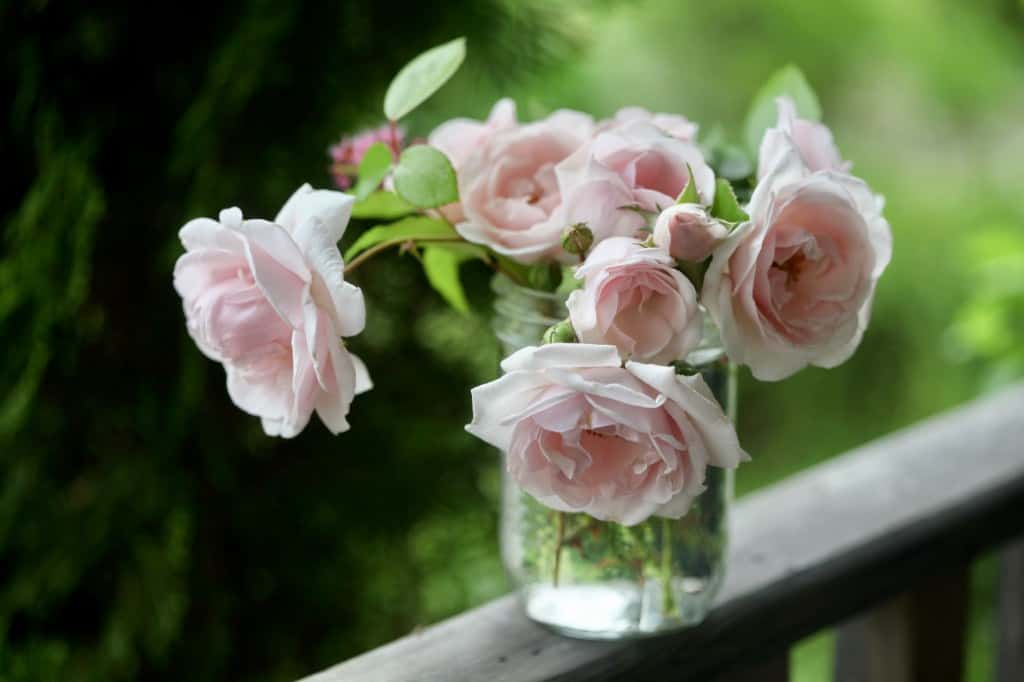
Have you ever tried to prune a climbing rose? Be sure to leave a comment below to share your experience.
Other Posts You May Like:
PIN IT FOR LATER!
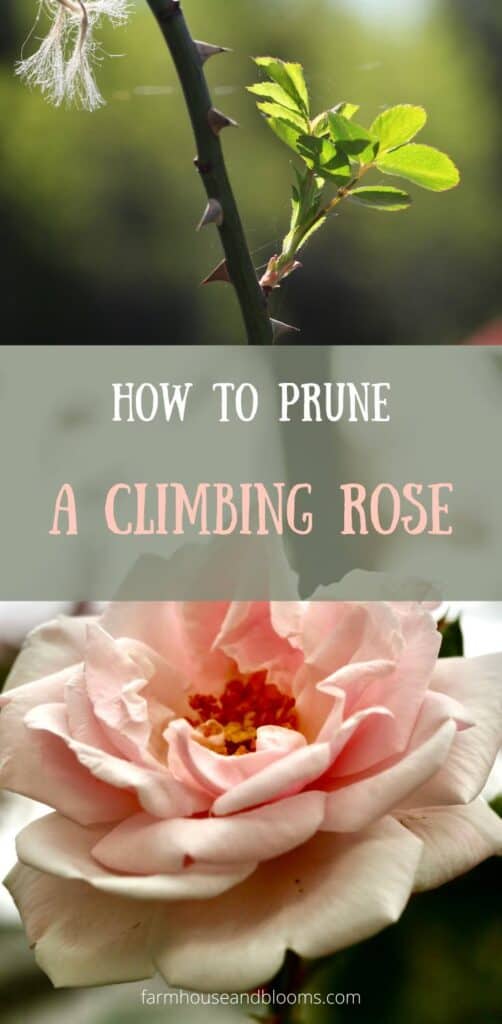


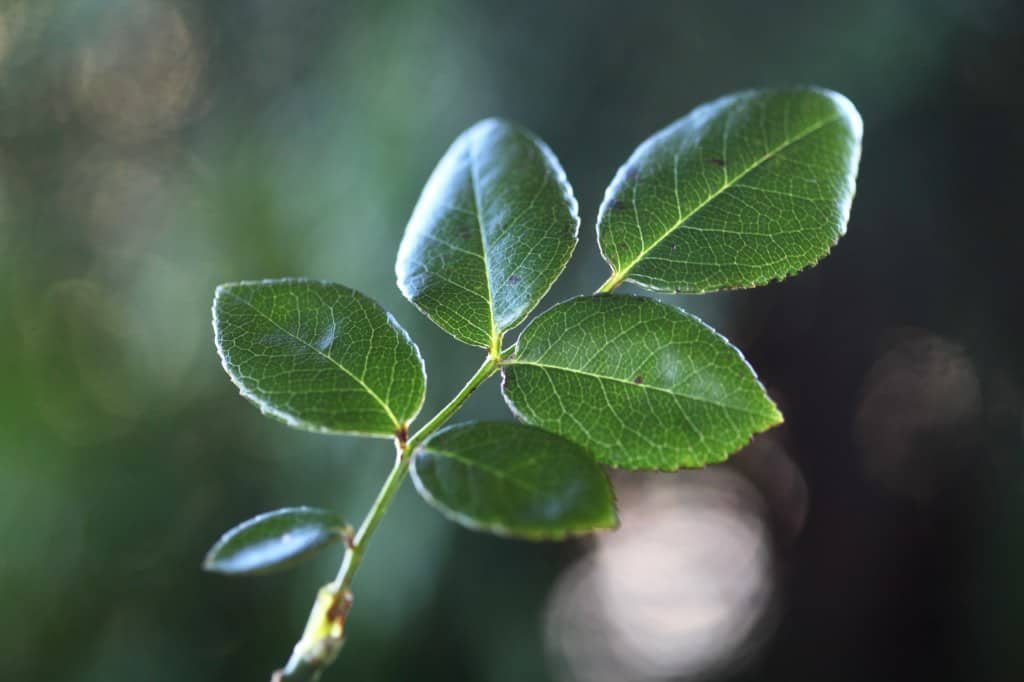
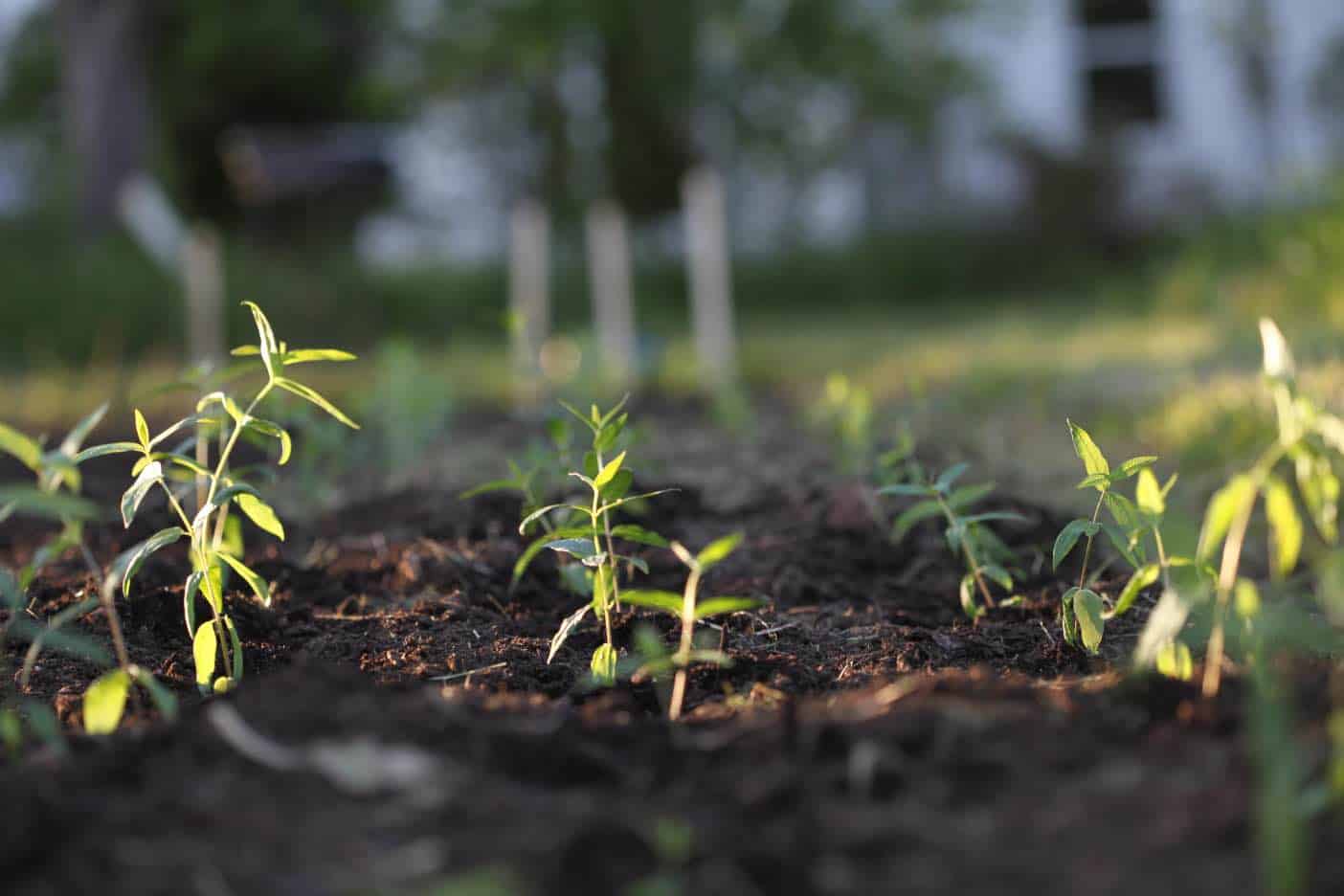

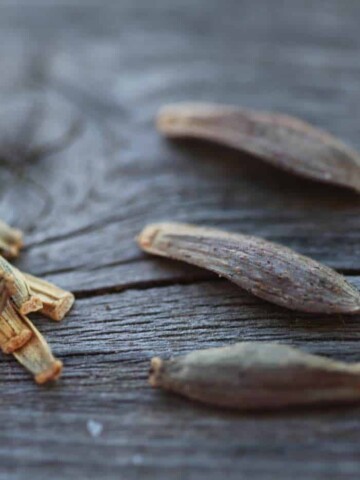
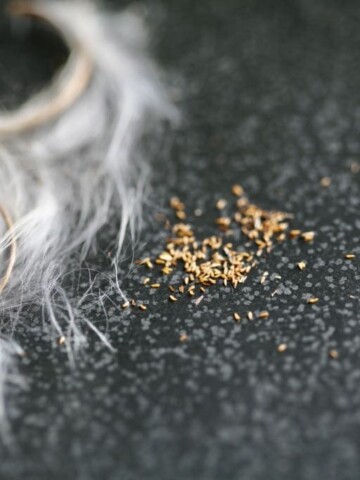
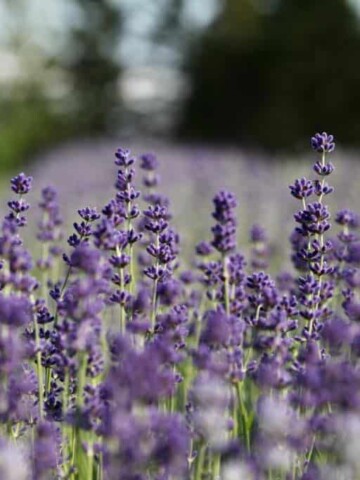
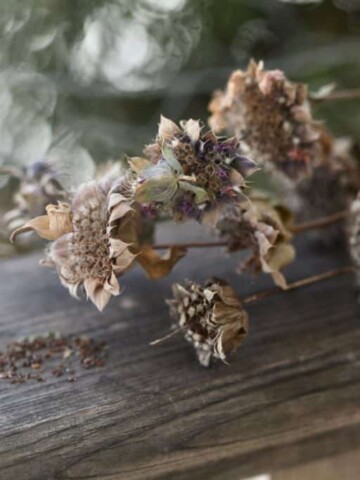
Leave a Reply